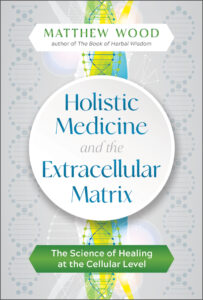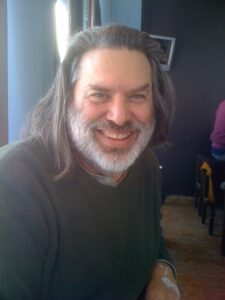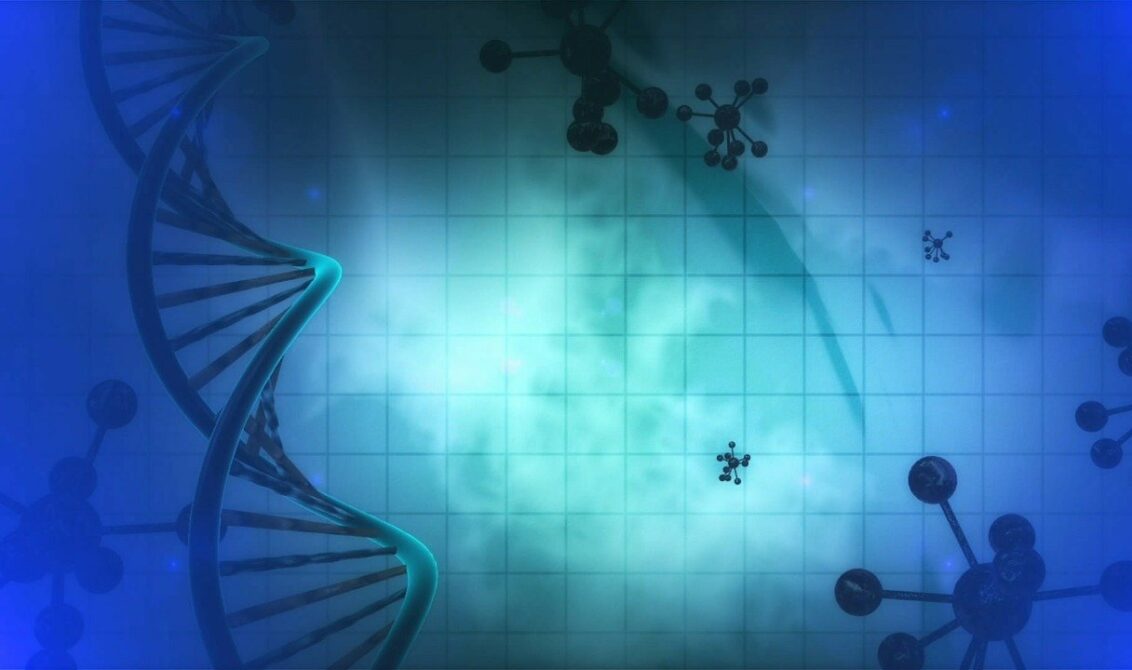Could it be that the ultimate unit of life is not the cell – but the matrix as a whole?
Please enjoy this exclusive and intriguing excerpt from Matthew Wood, author of The Earthwise Herbal and The Book of Herbal Wisdom, and challenge the way you think about what makes up the unit of life. – Jacqueline

In this excerpt from his book, Holistic Medicine & the Extracelluar Matrix author Matthew Wood explains why there is scientific justification for Holistic Medicine….
Before I became an herbalist, I was an artist. One of the lessons I learned as an artist is perspective. This refers to the ability to place the objects in the foreground in the correct relationship with those in the background. Applying this to running our lives, we speak of “having perspective” in life-management terms, meaning we understand which issues are more important and which are less so. One can have a distorted view of what is important in life, but in the art world lack of perspective is a decisive matter. If one’s works doesn’t have it, it will be obvious in some way, and the person will be seen as an amateur. This might be acceptable, quaint, even desirable if one is a folk artist, a naïf, or an untrained visionary, but a professional artist cannot be excused for creating works with incorrect perspective. It is obvious and creates a sort of distortion that is disturbing.
Just as perspective is needed in art and life, it also is required in science. Overemphasis or overfamiliarity with one fact can lead to a lack of scientific perspective. This is an easy mistake to make when all the facts are not in, which is often the case in any scientific endeavor. It happens that many of the basic concepts in biology and biomedicine in place today date back to the nineteenth century, when science simply did not have enough facts to establish perspective.
Not infrequently, it is supposed that all the facts are in and that the perspective derived from them is correct. This can lead to a mistake becoming so entrenched that it becomes a “truth” when in fact it is completely wrong. This is a problem with the modern understanding of the extracellular matrix (ECM) and the cell. The cell theory of Rudolf Virchow (1821–1902) has been in vogue for so long, since the mid-nineteenth century, that it is impossible for most people to think of the cell as anything but the ultimate unit of life and an independent entity that directs its own destiny. Even now, when this theory has been proven wrong, it is still a widespread, unquestioned assumption of both the lay public and the scientific world.
It turns out that each cell in the body is completely controlled by the ECM around it—by its environment. Cells feed, eliminate, replicate, and migrate only when signaled to do so by the ground regulatory system (GRS), a system of communication vested in the polymers of the ECM outside the cell. The ultimate unit of life in higher organisms is not the cell, therefore, but the capillary/matrix/cell unit as a whole (Pischinger 2007). This means that on the cellular level, the organism functions as a whole and the cells are subordinate parts of the whole. The discovery of the GRS by Alfred Pischinger (1903–1982) therefore proves the basic tenet of holism.
The discovery of the GRS justifies the holistic model of medicine because it shows us that on the cellular level the organism operates as a single unit to which every cell is entirely subordinate. It equally condemns reductionism as the basis for biology and medicine, since it shows that the health of every cell is controlled by the organism as a whole. Thus, it even condemns conventional drug therapy. As Pischinger points out, directing the drug toward the receptor site on the cell membrane bypasses the GRS and therefore weakens the self-regulation of the organism. Correct treatment should be directed toward the GRS and the matrix polymers that support it.
Subsequent research has shown that each organ is surrounded by its own matrix, with its own peculiar chemistry and regulatory system, and enclosed within its own serous membrane. Since the serous membrane is fairly permeable, the individual organ or tissue is not separated from the whole but contiguous with it. On the other hand, there is also an element of independence from the whole. This means that, within limitations, the organ has a life of its own. It develops through complex intercommunication within its own matrix and continues this communication throughout life (Frantz, Stewart, and Weaver 2010). This justifies the perspective of holistic medicine, which places great value not only on the whole organism but also on treatment by tissue, organ, system, or (to borrow a phrase from traditional Chinese medicine) “organ system.” These are now seen to be “little wholes,” operating within the greater whole of the organism, which itself operates within the greater whole of Nature. The folk medicine concept of “liver remedies” or “stomach remedies” turns out to be based on medical fact. Of course, this idea is not unfamiliar to conventional medicine, either, in which specialties are often defined by organs or systems.
About the Author: Matthew Wood has been a practicing herbalist for over thirty-five years. An internationally known author and lecturer in the field, he holds a master of science degree in herbal medicine from the Scottish School of Herbal Medicine. A professional member of the American Herbalists Guild, he is the author of several books, including The Earthwise Herbal and The Book of Herbal Wisdom. He lives in Spring Valley, Wisconsin. https://www.matthewwoodinstituteofherbalism.com/

Holistic Medicine and the Extracellular Matrix by Matthew Wood © 2021 Healing Arts Press. Printed with permission from the publisher Inner Traditions International. www.InnerTraditions.com
